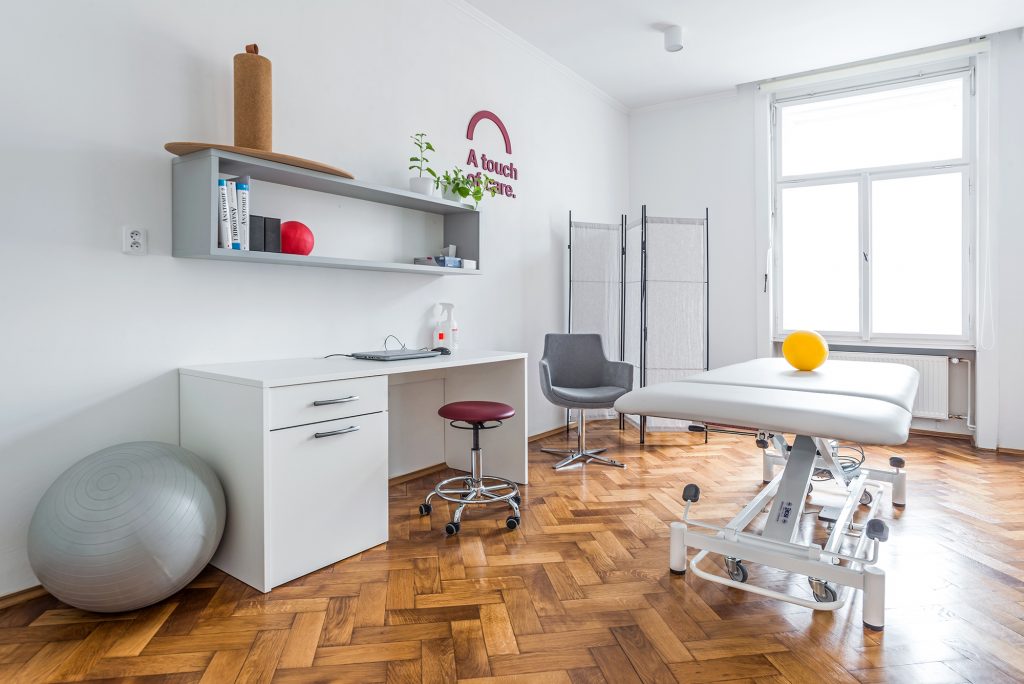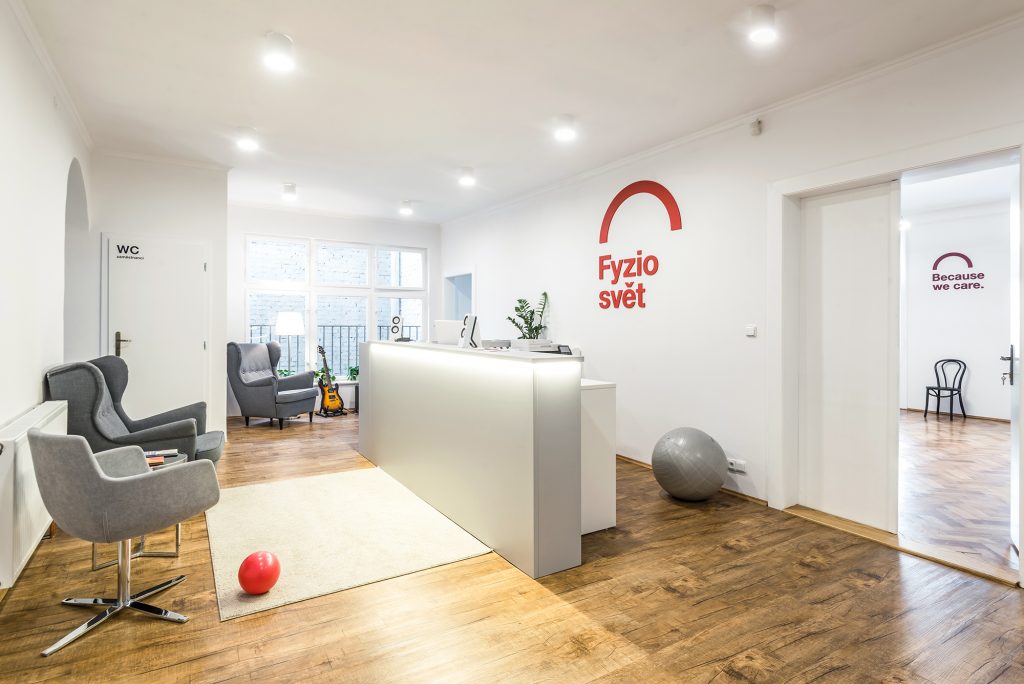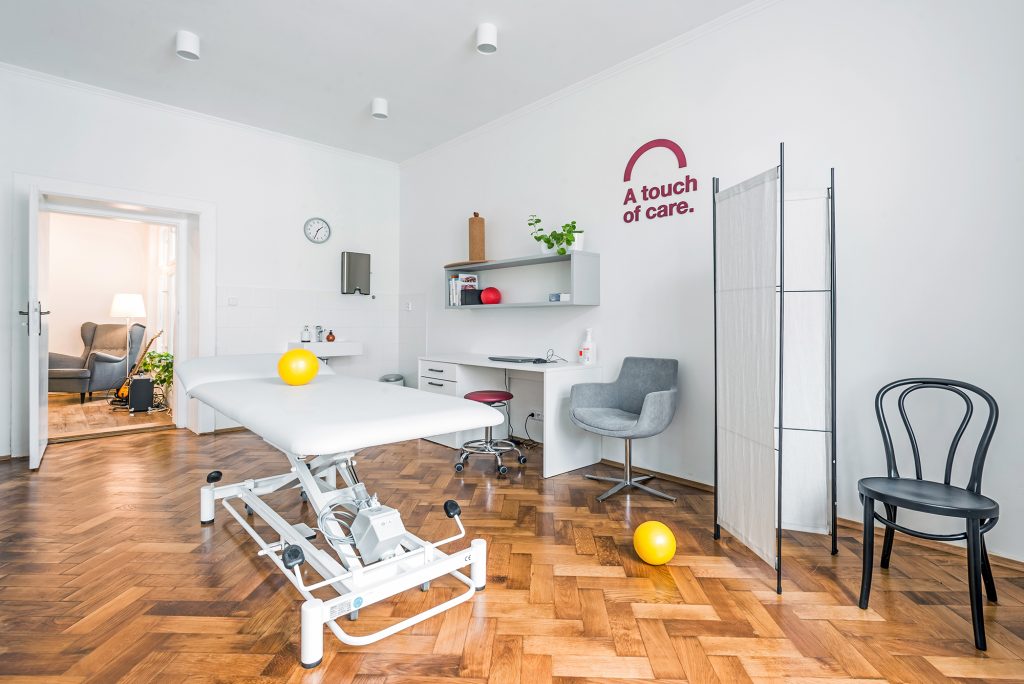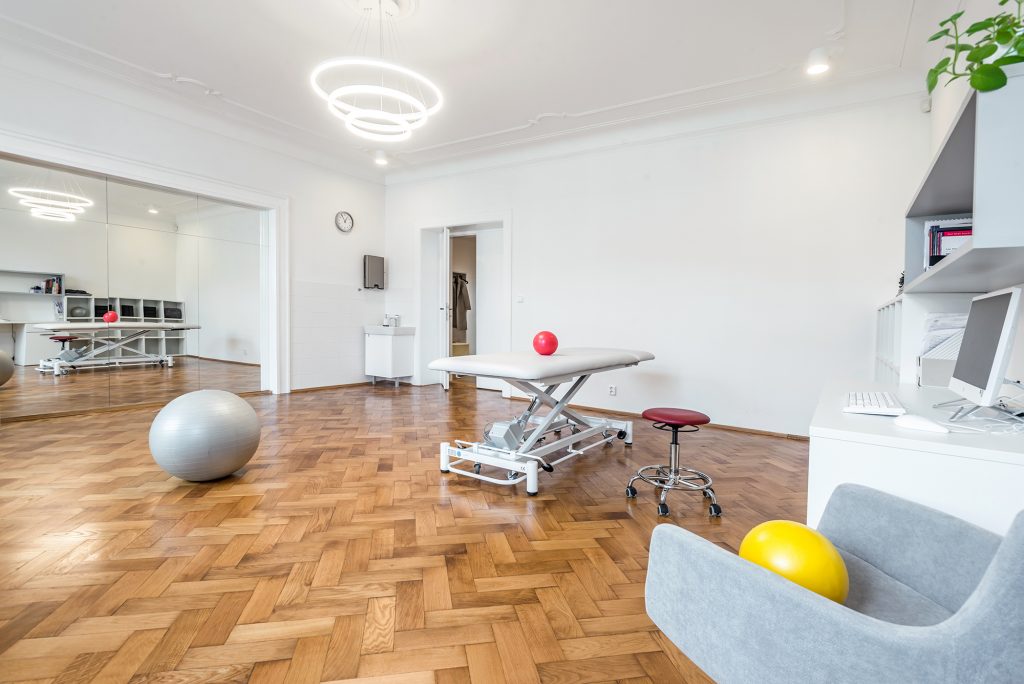Aniball and Aniball Inco: A Physiotherapist’s Perspective
When is it appropriate to use Aniball?
Recently, we had the opportunity to try out two medical devices, Aniball and Aniball Inco, and since we often get asked whether using these devices is beneficial, we decided to write this article.
As physiotherapists, we often teach clients how to work with their pelvic floor muscles. While the pelvic floor typically functions automatically, without conscious thought, it is possible to train these muscles consciously, especially when they are either weakened or overstrained. The pelvic floor plays a crucial role alongside the diaphragm, the main breathing muscle, in supporting the spine and improving posture during sitting, standing, and movement (as detailed below). These muscles also contribute significantly to the breathing process.
There are cases where the pelvic floor is either weakened (e.g., before or after childbirth, after abdominal or vaginal surgeries, in people with sedentary jobs) or overstrained (e.g., athletes, people with painful menstruation, hip joint problems, or prolonged stress). We frequently encounter such issues in our work.
A Functional Pelvic Floor as Part of Core Support
In today’s world, the pelvic floor is often discussed in relation to the deep stabilization system or core. The core muscles stabilize the body’s center and the spine during movement. This system includes the diaphragm, pelvic floor, abdominal muscles (primarily the transversus abdominis), and deep back muscles, which together provide essential support for the body’s movements. We hear about this from trainers, fitness instructors, gynecologists, orthopedic surgeons, neurologists, physiotherapists, and midwives alike.
When the pelvic floor is dysfunctional, it can lead to compensatory tension in the lower back or even in the neck. However, consciously activating the pelvic floor isn’t easy because we cannot directly control it. Many women think they can engage their pelvic floor, but often this is not the case. Throughout a woman’s life, the pelvic floor undergoes significant challenges (e.g., pregnancy, childbirth, sexual activity, menopause, and stress), and if not adequately trained, dysfunction can occur. Aniball or Aniball Inco can serve as tools to prevent such dysfunction.
Aniball
Aniball is designed for pregnant women and is typically used from week 36 of pregnancy (starting at 37+1 weeks). It helps women become aware of their pelvic floor muscles, practice conscious relaxation, and find optimal birthing positions. Better awareness of the pelvic floor can ease childbirth, prevent birth injuries, and reduce the risk of postpartum stress incontinence. Regular Aniball exercises improve the flexibility of the perineum, helping prevent episiotomies or tears. Another crucial benefit is that it helps women mentally prepare for childbirth, reducing anxiety.
Based on our experience, we recommend combining perineal steaming (from week 38) with exercises using Aniball.
What does Aniball look like?
It is a balloon-like device with a pump that allows you to carefully inflate it to a specific size.
Not a Vaginal Dilator
There is often misunderstanding among gynecologists and physiotherapists about this tool, sometimes wrongly dismissing it as a vaginal dilator and thus advising pregnant women against it. However, I have thoroughly reviewed the instructions, and I can confidently say that the goal is not to inflate the balloon to its maximum size. Quite the opposite.
Aniball/Aniball Inco is an excellent tool for becoming aware of the activation and relaxation of the pelvic floor muscles. However, pushing the balloon out can sometimes be challenging. Don’t get frustrated if you cannot expel it during inhalation, as described in the manual. Although during inhalation, the diaphragm and pelvic floor lower together, making expulsion seem easier, pelvic floor activity involves not just activation and relaxation, but also eccentric contraction (controlled stretching of the muscles). It’s often more natural to release the pelvic floor with exhalation and expel the balloon during this phase.
It’s also important to remember that during childbirth, the hormone oxytocin is released, increasing the elasticity of the pelvic floor muscles and encouraging pushing. Trying to widen the birth canal prematurely during pregnancy could lead to pre-labor injuries. Everything has its time and place—nothing should be rushed.
How to exercise with Aniball
You can start using Aniball after week 36 of pregnancy. Exercises should last between 15-30 minutes daily, but this can vary depending on individual needs. Initially, choose a position that is most comfortable for you, such as lying on your back with bent knees, kneeling, or squatting.
The balloon is inserted into the vagina slightly inflated (1-2 pumps). It should not cause discomfort or pain. Initially, the balloon is inflated only slightly, with a maximum of 5 pumps. The pressure felt inside the vagina during inflation is similar to the pressure experienced during childbirth.
Over time, you can increase the balloon’s size, but avoid measuring its circumference unnecessarily. Discomfort or pain are signs that the muscles are being overstretched, and the balloon size should be reduced. Initially, focus on feeling the balloon’s movement upward (deeper into the vagina) and downward (towards the vaginal opening). This exercise is sufficient for becoming aware of your pelvic floor muscles.
Read the instructions carefully before using the tool, and if you feel mentally unprepared for it, don’t force yourself to use it. There are other ways to prepare the pelvic floor for childbirth, such as perineal massage.
Aniball Inco
Aniball Inco is designed for women who have not given birth or are more than six months postpartum. Compared to Aniball, it is smaller and has a longer, more tapered shape. Despite its name containing “Inco,” it is not only for women suffering from incontinence. It can also help women with painful menstruation, pain during intercourse, and more.
Exercising with Aniball Inco is similar to Aniball, aiming for better control and flexibility of the pelvic floor muscles.
Aniball in Combination with Physiotherapy
If you invest in one of these tools, it is crucial to use it correctly. Based on our experience, we recommend combining exercises with Aniball or Aniball Inco alongside physiotherapy. A physiotherapist specializing in gynecological conditions can guide you through proper pelvic floor muscle activation and address other functional issues within the musculoskeletal system. This will make your exercises with the device much more effective.
If you have any questions about using Aniball or Aniball Inco, or if you’re unsure whether they are appropriate in your case, feel free to contact us. We have extensive experience treating gynecological dysfunctions and will be happy to help.







